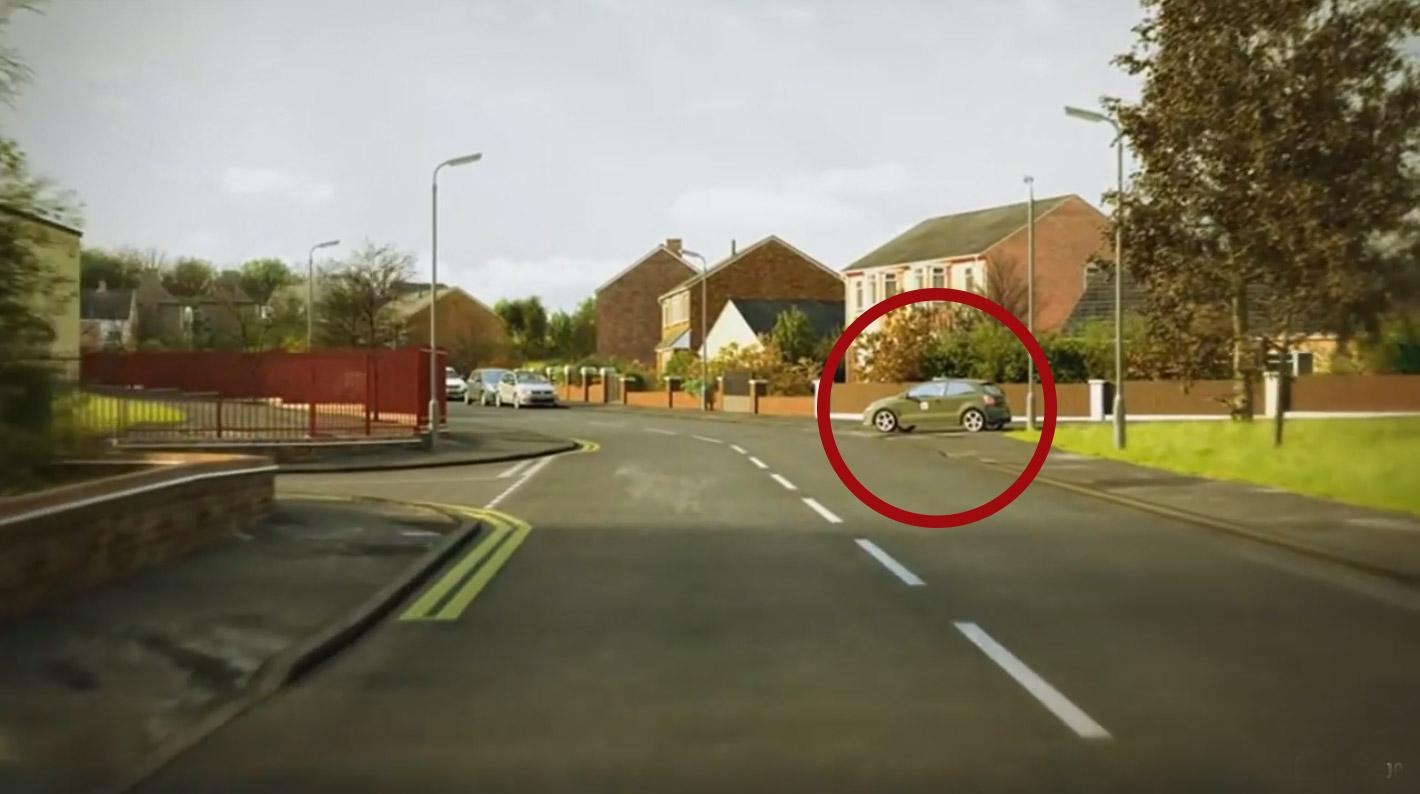Driving is an essential skill that many people rely on every day. While the mechanics of driving a vehicle can be learned relatively quickly, mastering the subtleties of safe driving requires ongoing education and practice. One crucial aspect of this is hazard perception, which involves recognizing and responding to potential dangers on the road.
Understanding Hazard Perception
Hazard perception is the ability to identify potential hazards that could develop into dangerous situations. This skill is vital for all drivers, as it can prevent accidents and save lives. Hazards can range from a pedestrian stepping onto the road to an unexpected stop by the vehicle in front. Effective hazard perception allows a driver to anticipate these events and take appropriate action, such as slowing down, changing lanes, or stopping.
The Role of Hazard Perception in Driving Tests
In many countries, hazard perception forms a significant part of the driving test. For instance, in the United Kingdom, learners must pass a hazard perception test to obtain their driving license. This test evaluates a driver’s ability to detect and respond to developing hazards. It typically involves watching video clips of driving scenarios and identifying potential hazards as they appear.
The goal of the hazard perception test is to ensure that new drivers can recognize and respond to hazards promptly. This capability is crucial because, according to statistics, a significant proportion of road accidents are caused by driver inattention or failure to perceive hazards in time.
Benefits of Hazard Perception Practice
Regular practice of hazard perception can enhance a driver’s ability to recognize potential dangers quickly and accurately. This practice can be done through various means, including simulation software, online tests, and practical driving experiences. One highly recommended resource is the hazard perception practice test, which provides a realistic and interactive way to improve this essential skill.
Engaging in hazard perception practice offers several benefits:
- Improved Reaction Time: With regular practice, drivers can develop quicker reaction times to potential hazards, reducing the likelihood of accidents.
- Enhanced Situational Awareness: Practicing hazard perception helps drivers become more aware of their surroundings, making them more vigilant and cautious.
- Confidence Building: Familiarity with different hazardous situations can build a driver’s confidence, knowing they are better prepared to handle unexpected events.
How to Practice Hazard Perception
There are several ways to practice hazard perception, ranging from formal training sessions to everyday driving experiences. Here are some effective methods:
- Online Tests and Simulations: Various online platforms offer hazard perception tests and simulations. These resources provide video scenarios where users can practice identifying hazards.
- Driving Lessons: Enrolling in driving lessons with a focus on hazard perception can be highly beneficial. Experienced instructors can provide valuable insights and feedback.
- Mindful Driving: Practicing mindful driving by consciously looking out for potential hazards during everyday driving can improve perception skills. This involves staying focused, observing the behavior of other road users, and anticipating possible risks.
- Feedback from Experienced Drivers: Getting feedback from experienced drivers, such as family members or friends, can help improve hazard perception skills. They can point out potential hazards and provide tips on how to respond.
Conclusion
Hazard perception is a critical component of safe driving. By practicing and honing this skill, drivers can significantly reduce the risk of accidents and enhance their overall driving experience. The
hazard perception practice test is an excellent tool for improving this ability, offering practical, interactive scenarios that prepare drivers for real-world hazards. By incorporating regular practice into their routine, drivers can develop the necessary skills to navigate the roads safely and confidently.






